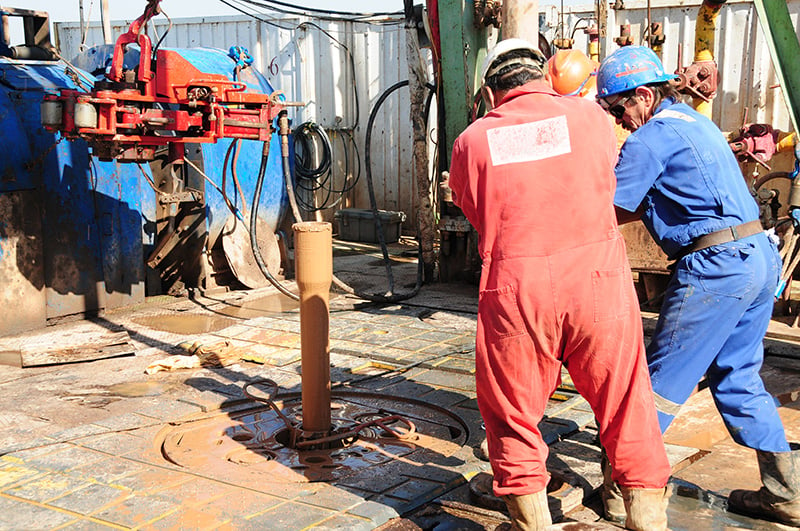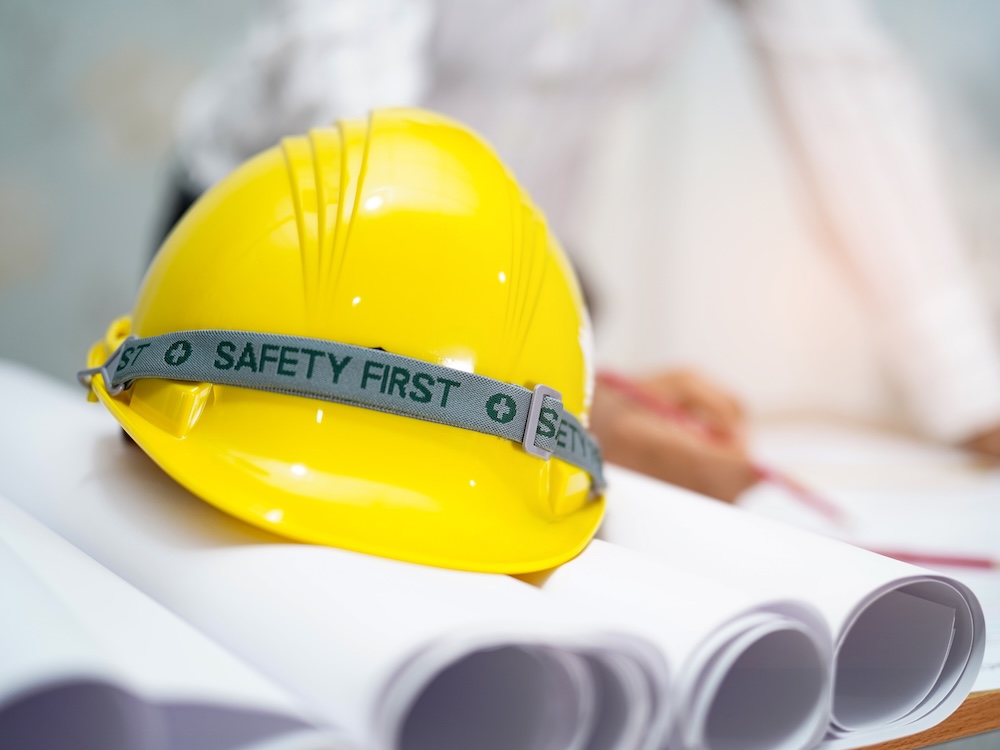The ACT Model
From Awareness to Transformation

Before any real improvement can happen, a worker must move from unconscious reaction to conscious action. This shift is made possible through the ACT Model: Awareness, Connection, Transformation. It is the structured response system that enables workers to not only recognize variation, but also act into it responsibly, collaboratively, and with intention.
Where CORE (Consciousness of Self, Others, Readiness of Process, and Readiness of Environment) activates awareness, ACT provides the bridge from awareness to action. It is the human-centered mechanism through which capacity is released, systems are improved, and teams transform together.
1. See It
Recognition of variation. The starting point of awareness. This includes:
- Physical or procedural deviation from expected flow
- Psychological or social disruption (e.g., tension, apathy, confusion)
- Environmental misalignment (e.g., clutter, hazards, distractions)
2. Feel It
The physiological and emotional response. Based on neuroscience, emotions act as the mind’s signal to pay attention. Workers are encouraged to listen to what their body and thoughts are telling them without shame, blame, or suppression.
3. Name It
Clarity through language. What precisely are we talking about? Naming the issue is essential to:
- Direct attention
- Create shared understanding
- Begin improvement dialogue
This mirrors the first step of Appreciative Inquiry: Define.
4. Own It
Taking responsibility, even if only to raise the issue. It does not mean solving it alone, but it does mean recognizing the role of stewardship. This is the moment of personal agency, akin to pulling the Andon cord in Lean systems.
5. Share It
(with CARE and CPR)
This is the moment where psychological safety and interpersonal trust are critical. The CARE model (Check-in, Acknowledge, Reset, Enter) ensures that the conversation is not reactive, but intentional. CPR (Collaborative Plan Review) provides a structure for shared understanding, not blame or critique.
This is where feedback fallacy is replaced by mutual sense-making.
6. Shape It
This phase uses Appreciative Inquiry (Discover, Dream, Design, Deliver) to:
- Explore possibilities
- Imagine better ways
- Collaboratively prototype improvements
It’s not about escalating problems up the chain. It’s about building solutions together.
7. BootLink It
Once the action or insight is clear, it is shared through the BootLink system. This:
- Ensures it is visible to management
- Builds systemic awareness
- Enables support, recognition, and replication
This creates a two-way street of trust and transformation.
ACT is Not About Reporting. It’s About Releasing Capacity.
Too often, frontline workers are expected to “report issues” into a void. ACT disrupts that model. It doesn’t just flag problems, it invites ownership, collaboration, and meaningful change. Workers are not just the eyes of the system. They are the heart of it.

Why ACT Matters
Every jobsite is full of invisible variation and untapped insight. Without a structure, that insight stays hidden or becomes frustration. The ACT model unlocks it turning individual observation into collective evolution. ACT transforms jobsite behavior from reaction to responsibility. From disconnection to dialogue. From stagnation to stewardship. And it all begins by seeing. Then choosing. Then transforming together.



